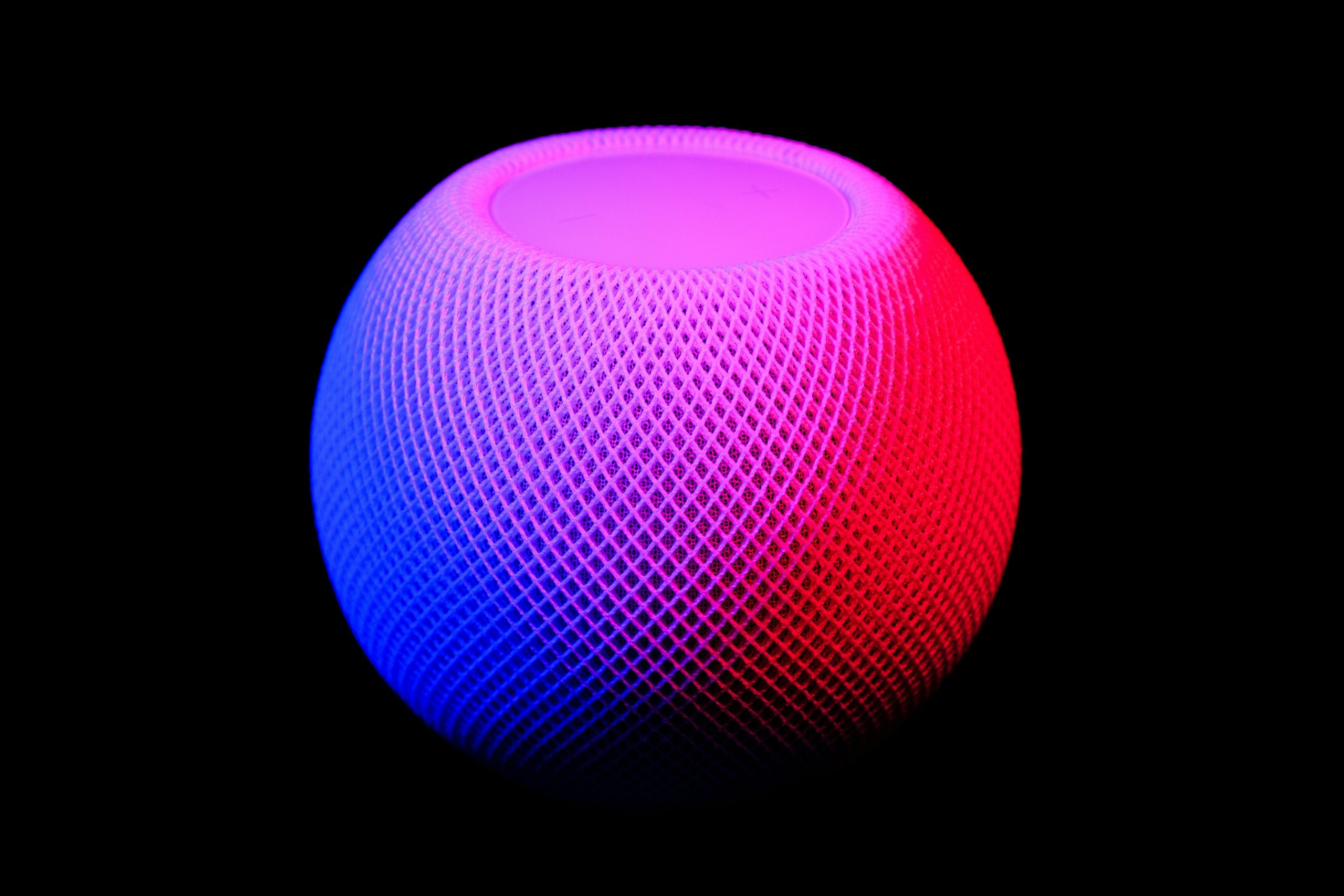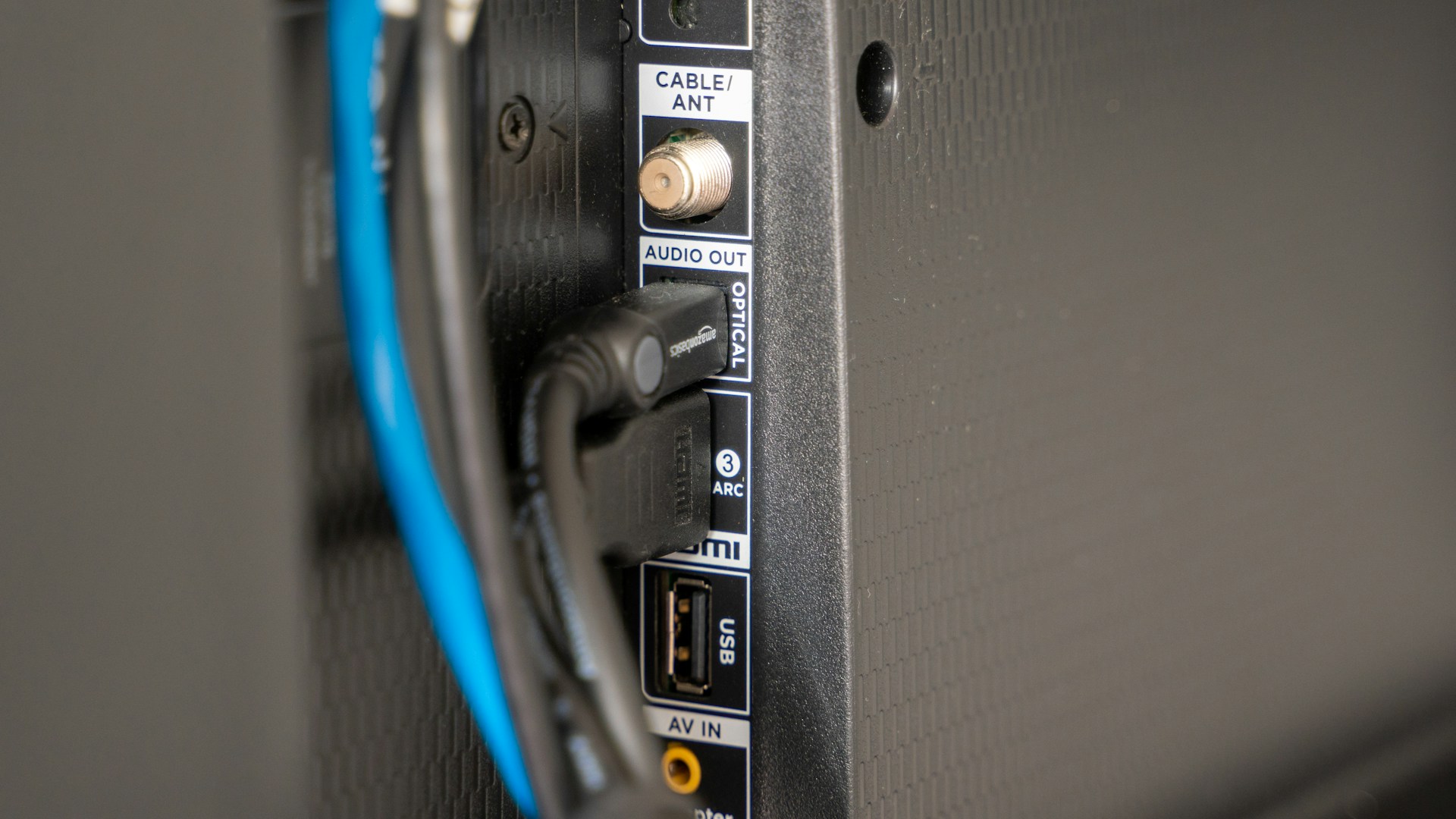Augmented Reality (AR) has emerged as a powerful tool for companies seeking to revolutionize their marketing strategies and enhance customer engagement. By seamlessly blending digital content with the real world, AR creates immersive experiences that captivate audiences and drive brand interactions like never before. From retail to entertainment, AR is reshaping the way businesses connect with consumers.
One of the primary ways companies are leveraging AR for marketing is through interactive product experiences. By integrating AR technology into mobile apps, customers can visualize products in their own environment before making a purchase. For example, furniture retailers allow customers to see how a couch would look in their living room or how a piece of art would complement their wall décor. This not only enhances the shopping experience but also reduces the likelihood of returns by helping customers make more informed decisions.
Another innovative application of AR in marketing is gamification. Companies are creating AR-powered games and experiences to engage with their target audience in a fun and memorable way. These games often incorporate elements of storytelling and rewards, encouraging users to interact with the brand while having an enjoyable experience. For instance, a retail store might develop a scavenger hunt game using AR, where customers have to find virtual clues scattered throughout the store to unlock special discounts or prizes.
Furthermore, AR is being used to enhance traditional advertising channels such as print and outdoor signage. By scanning a printed advertisement or pointing a smartphone at a billboard, consumers can unlock additional content, such as videos, 3D animations, or exclusive promotions. This not only increases the effectiveness of the ad but also provides a more immersive experience for the viewer, fostering a deeper connection with the brand.
Live events and experiential marketing campaigns are also benefiting from AR technology. Brands can create interactive AR installations or activations that engage attendees and leave a lasting impression. For example, a beverage company might set up an AR photo booth at a music festival, allowing concert-goers to take photos with virtual mascots or branded props. These experiences not only drive foot traffic and social media engagement but also generate buzz around the brand long after the event has ended.
Moreover, AR is transforming the way companies conduct product demonstrations and training sessions. Instead of relying on physical prototypes or lengthy presentations, businesses can use AR to showcase their products in a more interactive and engaging manner. This is particularly useful in industries such as automotive and healthcare, where complex products or procedures can be difficult to explain using traditional methods.
In conclusion, augmented reality is revolutionizing marketing and customer engagement across various industries. By providing immersive experiences, interactive content, and innovative solutions, AR enables companies to create deeper connections with their target audience and differentiate themselves in a crowded marketplace. As AR technology continues to evolve, we can expect to see even more creative applications and opportunities for businesses to leverage its potential in the years to come.
Furthermore, the widespread adoption of smartphones equipped with AR capabilities has made it easier than ever for companies to reach consumers with AR-enhanced marketing campaigns. Mobile apps offer a convenient platform for delivering AR experiences directly to users, allowing brands to connect with their audience wherever they are.
One notable example of AR transforming marketing and customer engagement is in the cosmetics industry. Many beauty brands now offer virtual try-on experiences through their mobile apps, allowing customers to see how different makeup products will look on their own face in real-time. This not only eliminates the need for in-store sampling but also empowers customers to make confident purchasing decisions from the comfort of their homes.
Similarly, the fashion industry is leveraging AR to offer virtual fitting rooms, where customers can try on clothing virtually using their smartphone camera. By overlaying digital garments onto the user’s body, these AR experiences provide a realistic simulation of how the clothing will fit and look, helping customers choose the right size and style without the need to physically try on multiple items.
In addition to enhancing the shopping experience, AR is also being used to create immersive storytelling experiences that engage consumers on a deeper level. Brands are developing AR-powered content such as interactive tours, behind-the-scenes glimpses, and virtual product demonstrations to educate and entertain their audience. These experiences not only capture attention but also foster brand loyalty by providing valuable and memorable interactions.
Social media platforms have also embraced AR as a way to enhance user-generated content and drive brand engagement. Snapchat and Instagram, for example, offer a variety of AR filters and effects that users can apply to their photos and videos, including branded filters sponsored by companies. These filters allow brands to seamlessly integrate their products or logos into user-generated content, increasing brand visibility and fostering user engagement.
Looking ahead, the future of AR in marketing and customer engagement looks promising. As AR technology continues to advance, we can expect to see even more innovative applications and experiences emerge. From personalized shopping experiences to interactive storytelling campaigns, AR has the potential to revolutionize the way companies connect with their audience and create meaningful brand experiences in the digital age.
Moreover, the utilization of AR in marketing and customer engagement extends beyond individual companies; it’s increasingly becoming a staple in collaborative efforts and partnerships. Co-branding initiatives, where multiple companies collaborate to create AR experiences, are becoming more prevalent. By pooling resources and expertise, these collaborations can create more robust and engaging AR campaigns that benefit all parties involved.
For instance, a movie studio might partner with a fast-food chain to create an AR experience tied to the release of a new film. Customers visiting the restaurant could use their smartphones to unlock exclusive content or participate in AR games related to the movie, while also enjoying promotional tie-ins such as themed menu items or collectible merchandise.
Additionally, AR is proving to be a valuable tool for location-based marketing and tourism. Cities and tourist destinations are leveraging AR to provide visitors with interactive guides and immersive experiences that enhance their exploration. For example, historical landmarks can be brought to life with AR overlays that provide historical context or interactive storytelling, enriching the visitor experience and encouraging further exploration.
In conclusion, the integration of AR into marketing and customer engagement strategies represents a significant shift in how businesses interact with their audience. By leveraging AR technology, companies can create immersive experiences, enhance brand awareness, and foster deeper connections with consumers. As AR continues to evolve and become more accessible, it will undoubtedly play an increasingly prominent role in shaping the future of marketing and customer engagement. Whether it’s through interactive product experiences, gamification, live events, or collaborative initiatives, AR offers endless possibilities for brands to captivate and delight their audience in ways previously unimaginable.
Furthermore, the data-driven nature of AR provides companies with valuable insights into customer behavior and preferences. By analyzing user interactions within AR experiences, businesses can gather real-time data on how customers engage with their brand, which content resonates most strongly, and what features drive conversions. This data can then be used to refine marketing strategies, optimize product offerings, and tailor future AR experiences to better meet the needs and preferences of consumers.
Another aspect to consider is the accessibility of AR technology. As AR-capable devices become more widespread and affordable, such as smartphones and tablets, the barrier to entry for consumers to access AR content continues to diminish. This widespread adoption opens up new opportunities for companies to reach a broader audience and engage users across different demographics and geographic locations.
Moreover, AR holds significant potential for bridging the gap between the online and offline worlds. By seamlessly integrating digital content into physical environments, AR blurs the lines between virtual and real-world experiences, creating a more cohesive brand ecosystem. For example, retailers can use AR to drive foot traffic to brick-and-mortar stores by offering exclusive in-store AR experiences or promotions that incentivize customers to visit physical locations.
Additionally, AR has the power to transform traditional advertising channels by making them more interactive, engaging, and measurable. For example, outdoor advertising such as billboards and posters can come to life with AR overlays that provide additional information, interactive games, or immersive brand experiences. This not only captures the attention of passersby but also provides valuable metrics on ad performance, such as engagement rates and dwell time.
In conclusion, the integration of AR into marketing and customer engagement strategies represents a paradigm shift in how businesses connect with their audience. By leveraging the immersive and interactive nature of AR technology, companies can create memorable experiences that resonate with consumers, drive brand affinity, and ultimately, lead to increased sales and customer loyalty. As AR continues to evolve and become more mainstream, its potential to transform the marketing landscape is only just beginning to be realized.
Furthermore, AR’s potential for personalization is a game-changer in marketing. By leveraging data analytics and AI algorithms, companies can deliver highly tailored AR experiences that cater to individual preferences, behaviors, and demographics. For instance, an e-commerce platform can use customer data to recommend personalized AR try-on experiences based on past purchases or style preferences, enhancing the likelihood of conversion.
Moreover, AR technology enables companies to create dynamic and interactive storytelling experiences that captivate audiences in ways traditional media cannot. Whether it’s through immersive narratives, interactive games, or gamified experiences, AR allows brands to create memorable moments that forge emotional connections with consumers. These experiences not only drive engagement but also increase brand recall and advocacy as users are more likely to share their positive experiences with others.
Additionally, AR fosters a sense of novelty and innovation that attracts attention and sets brands apart from competitors. By incorporating AR into their marketing campaigns, companies demonstrate their commitment to embracing cutting-edge technology and providing value-added experiences to their customers. This not only enhances brand perception but also positions companies as forward-thinking and customer-centric in the eyes of consumers.
Furthermore, AR has the potential to revolutionize the way companies gather feedback and insights from consumers. By incorporating interactive surveys, polls, and feedback mechanisms directly into AR experiences, businesses can collect real-time data on user preferences, opinions, and sentiment. This valuable feedback can then be used to inform product development, marketing strategies, and customer service initiatives, ultimately driving business growth and innovation.
In conclusion, augmented reality represents a powerful tool for transforming marketing and customer engagement in the digital age. By creating immersive, interactive, and personalized experiences, AR enables companies to captivate audiences, drive brand affinity, and foster deeper connections with consumers. As AR technology continues to evolve and become more accessible, its potential to reshape the marketing landscape and unlock new opportunities for brands is virtually limitless. Embracing AR as part of their marketing strategy will not only differentiate companies in a competitive marketplace but also enable them to stay ahead of the curve and meet the evolving expectations of today’s consumers.





